Filmmaker Payal Kapadia says it is an immense honour that her film All We Imagine as Light is part of the Competition section of the 2024 Cannes Film Festival.
“All We Imagine as Light is the first Indian film in 30 years and the first film ever by an Indian female director to be screened under the main segment of the prestigious film gala. The last Indian movie to be screened as part of the Competition section was Shaji N Karun’s Swaham in 1994.
“Being selected in Cannes’ Competition is truly thrilling and humbling, especially considering how much I admire many directors selected in this section, both in the past and present. It’s an immense honour to be showing my film among them,” Kapadia said in a statement.
All We Imagine as Light, also written by Kapadia, marks her narrative feature debut.
The Malayalam-Hindi feature will be screened alongside 19 other highly anticipated titles, including films from master directors Francis Ford Coppola (“Megalopolis”) and Yorgos Lanthimos (“Kinds of Kindness”).
Oh Canada by Paul Schrader, Bird by Andrea Arnold, The Shrouds, by David Cronenberg, and Anora by Sean Baker are also part of the main Competition slate.
Kapadia, an alumna of the Film & Television Institute of India (FTII), is best known for her acclaimed documentary A Night of Knowing Nothing, which premiered at the 2021 Cannes Film Festival’s Director’s Fortnight side-bar where it won the Oeil d’or (Golden Eye) award.
All We Imagine as Light is about Prabha, a nurse, who receives an unexpected gift from her long-estranged husband that throws her life into disarray. Her younger roommate, Anu, tries in vain to find a private spot in the big city to be alone with her boyfriend.
One day the two nurses go on a road trip to a beach town where the mystical forest becomes a space for their dreams to manifest, according to the plotline.
The film, an Indo-French co-production between petit chaos from France and Chalk and Cheese Films from India, features an ensemble cast of Kani Kusruti, Divya Prabha, Chhaya Kadam, Hridhu Haroon and Azees Nedumangad.
Arte France Cinéma, Baldr Film, Another Birth, Les Films Fauves and Pulpa Film are the co-producers.
Thomas Hakim and Julien Graff are the producers from petit chaos. The Indian producers are Zico Maitra (Chalk and Cheese) and Ranabir Das (Another Birth) who also serves as the cinematographer of the film.
The 2024 edition of the Cannes Film Festival will be held from May 14 to 25.





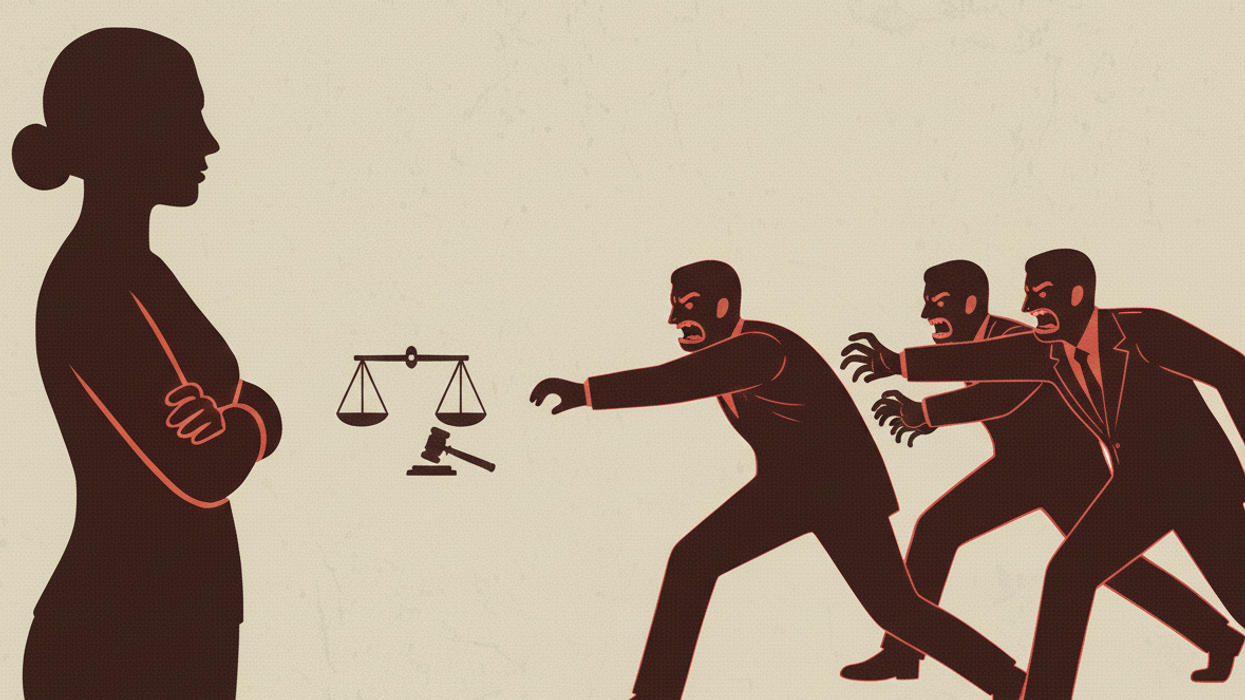
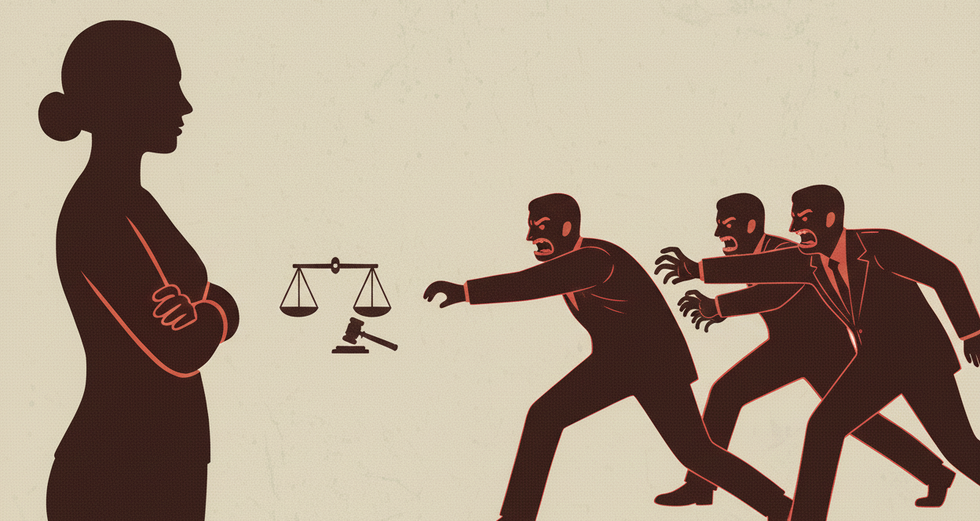 Inside the Kerala actress assault case and the reckoning it triggered in Malayalam cinema AI Generated
Inside the Kerala actress assault case and the reckoning it triggered in Malayalam cinema AI Generated 
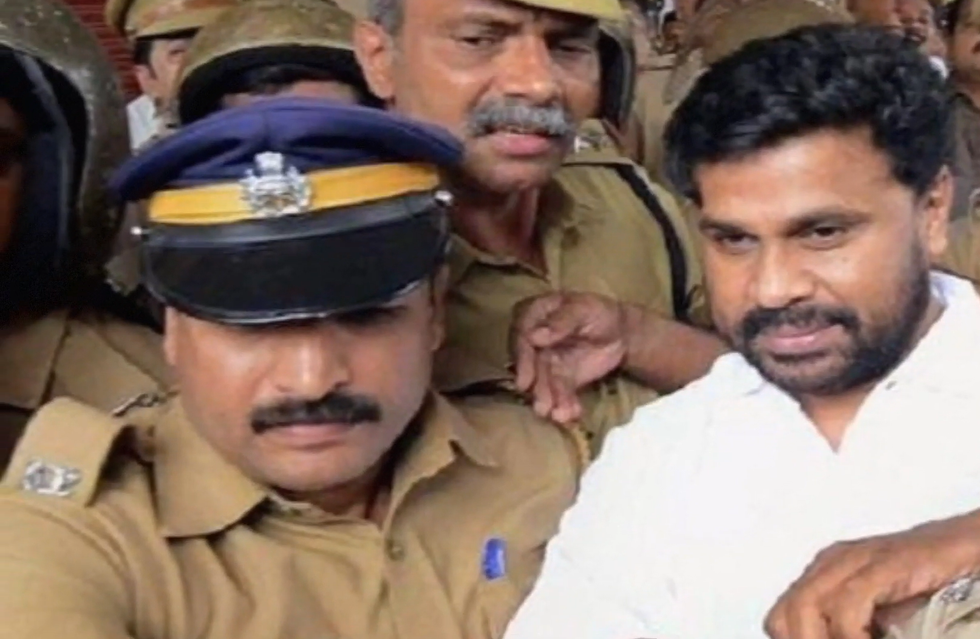 Actor-producer Dileep was arrested on 10 JulyYoutube Screengrab/Kerala Kaumudi
Actor-producer Dileep was arrested on 10 JulyYoutube Screengrab/Kerala Kaumudi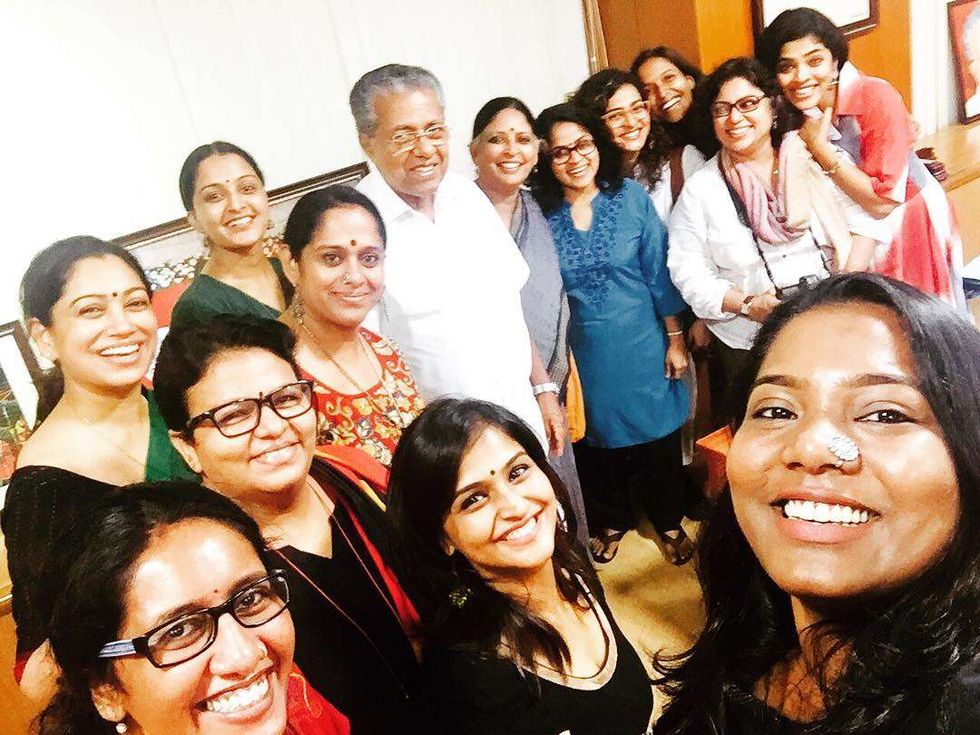 Members of the Women in Cinema Collective (WCC) meeting with the Chief Minister of KeralaInstagram/
Members of the Women in Cinema Collective (WCC) meeting with the Chief Minister of KeralaInstagram/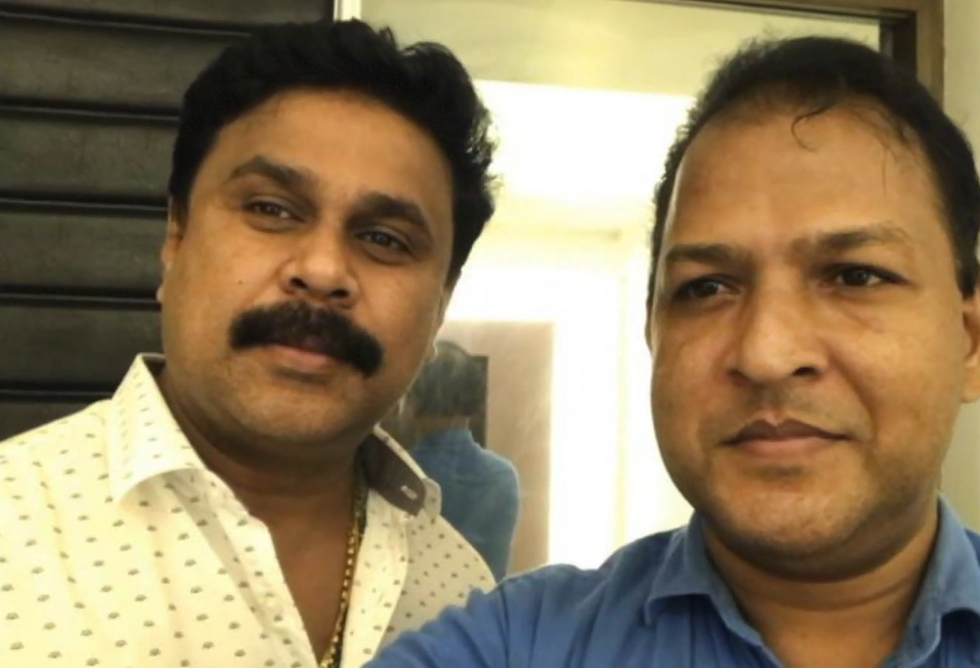 Actor Dileep and whistleblower Balachandra Kumar, whose testimony and disclosures played a crucial role in advancing the investigation Youtube Screengrab/Kerala Kaumudi
Actor Dileep and whistleblower Balachandra Kumar, whose testimony and disclosures played a crucial role in advancing the investigation Youtube Screengrab/Kerala Kaumudi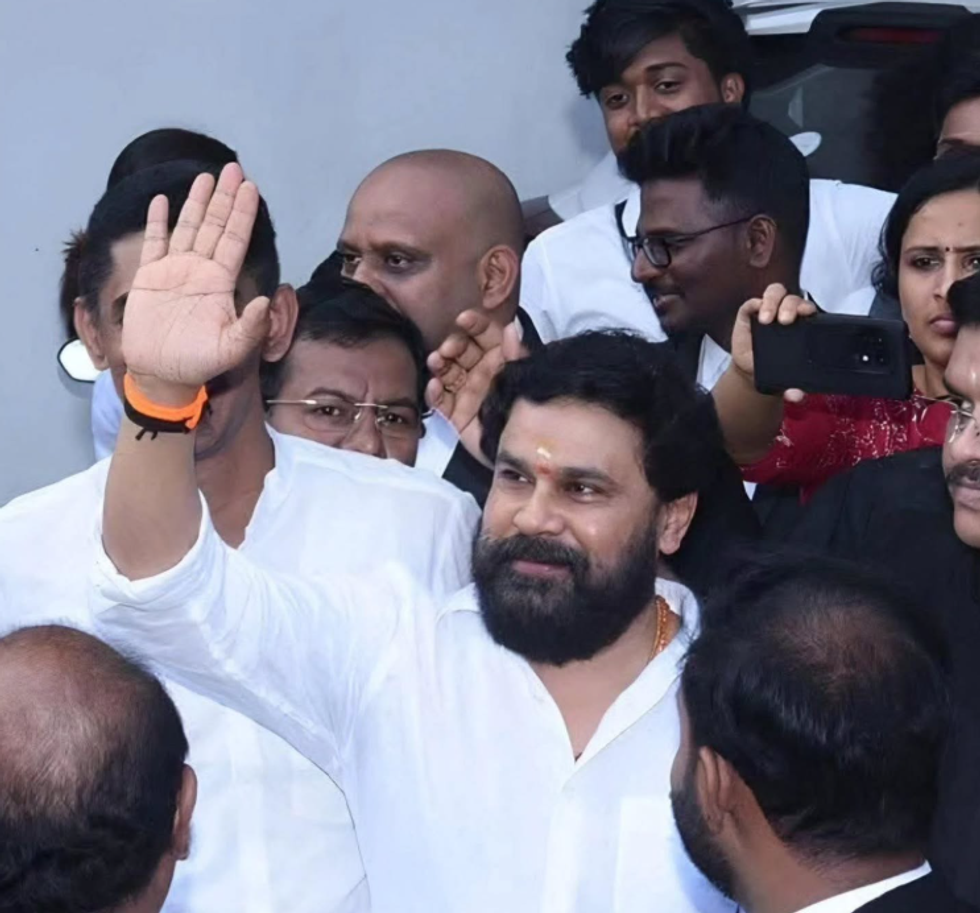 Dileep coming out of the court after the verdict Instagram/
Dileep coming out of the court after the verdict Instagram/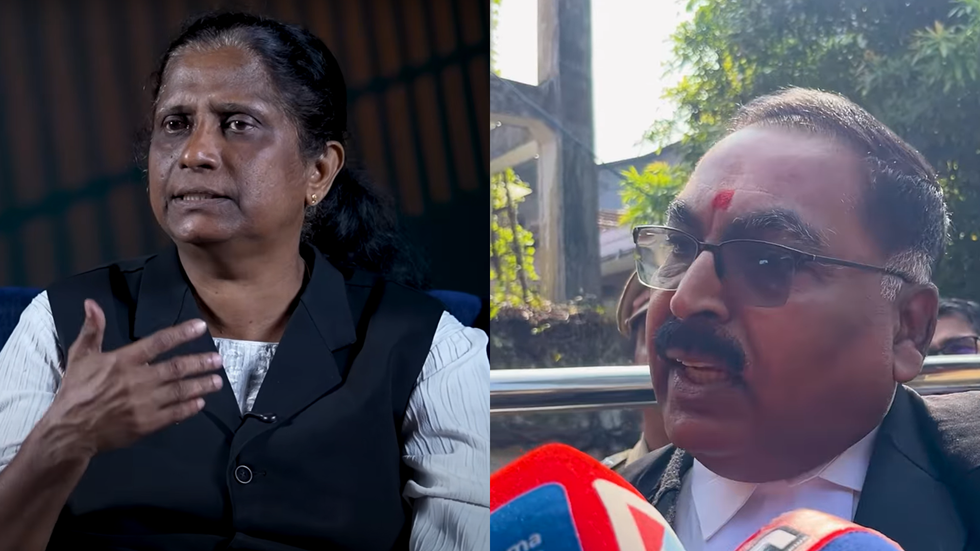 Advocates T. B. Mini and Aja Kumar, representing the survivor in the Kerala actress assault caseYoutube Screengrabs/ Oneindia Malayalam
Advocates T. B. Mini and Aja Kumar, representing the survivor in the Kerala actress assault caseYoutube Screengrabs/ Oneindia Malayalam Four of the six convicted accused in the Kerala actress assault case Youtube Screengrabs/ 24 News
Four of the six convicted accused in the Kerala actress assault case Youtube Screengrabs/ 24 News 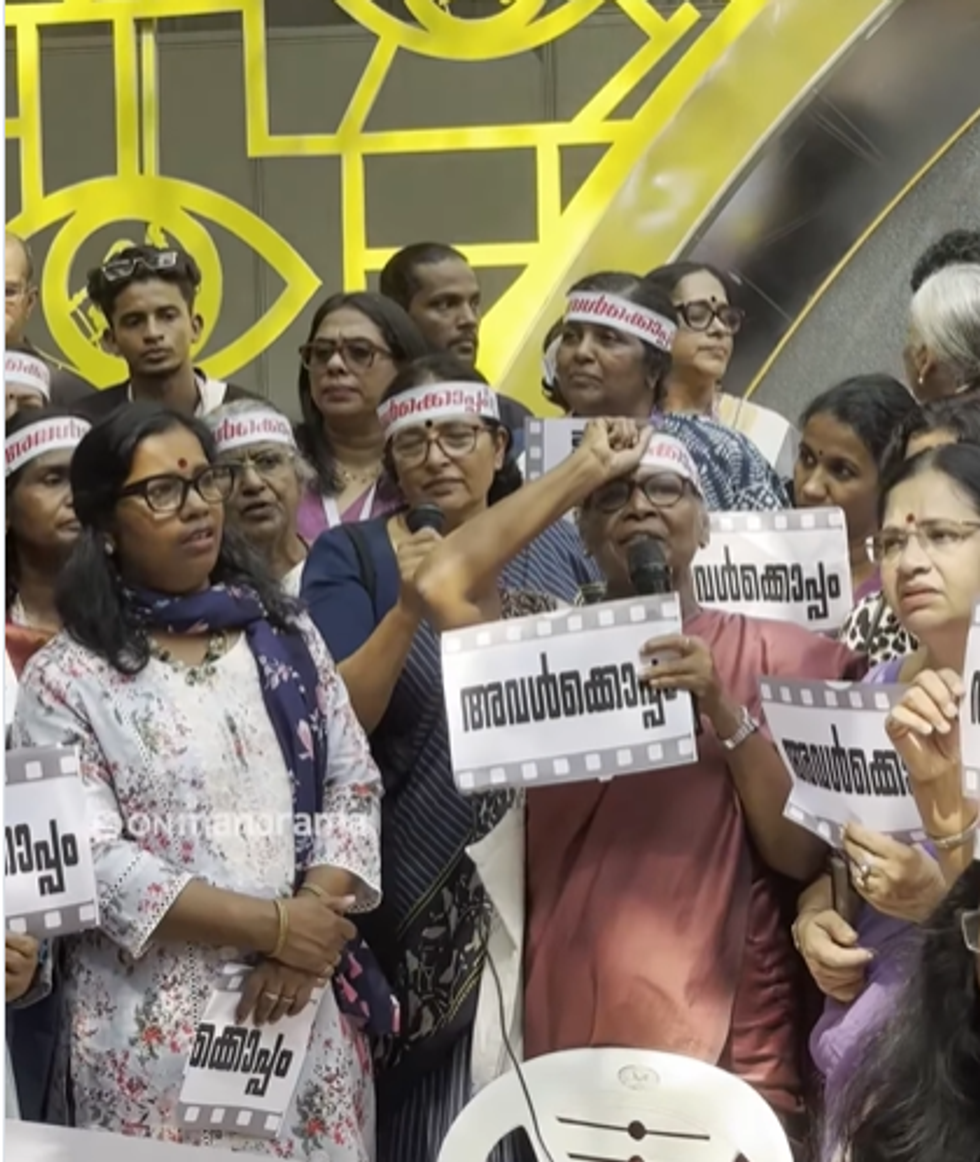 Film personalities and activists gather at the Tagore Theatre to reject the court\u2019s decision and demand systemic change for women\u2019s safety Instagram Screengrab/onmanorama
Film personalities and activists gather at the Tagore Theatre to reject the court\u2019s decision and demand systemic change for women\u2019s safety Instagram Screengrab/onmanorama 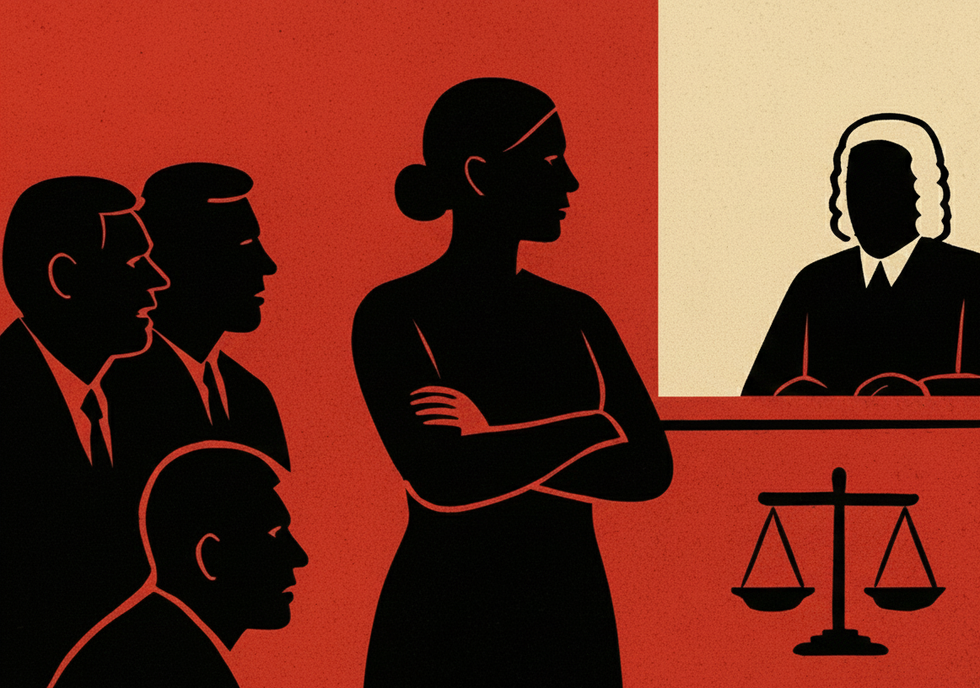 How one survivor’s fight shook an entire industryAI Generated
How one survivor’s fight shook an entire industryAI Generated





